Published in the Sunday Deccan Herald on 22 September, 2024
These are two names for the same city, but they refer to different historical periods and cultural contexts. This one place also has a super-rich and diverse culinary scene.
I had the chance to visit Istanbul this year for a friend’s wedding, and let me tell you, there’s nothing like it! A city that has so much culture, history, food, that it immediately went onto my top 5 favourite cities list! There are quite a few reasons for this. Some of them are:
Transcontinental City: Istanbul is the only city in the world that spans two continents - Europe and Asia. The Bosphorus Strait, which runs through the city, serves as the natural boundary between the two continents.
Grand Bazaar's Immensity: The Grand Bazaar in Istanbul is one of the world's oldest and largest covered markets, with over 4,000 shops selling textiles and jewellery to spices and ceramics.
Eurasia Tunnel: Istanbul is home to the Eurasia Tunnel, an underwater road tunnel that connects the European and Asian sides of the city.
and one more: Historic Name Changes: Istanbul has had several names throughout its history. It was known as Byzantium in ancient times, then Constantinople during the Byzantine Empire, and finally Istanbul during the Ottoman Empire. And I want to base today’s article on this very point!
So what is the difference between Istanbul and Constantinople. These are two names for the same city, but they refer to different historical periods and cultural contexts. The key difference between the two is their usage in different time periods and by different cultures:
- Constantinople: Constantinople was the original name of the city founded by the Roman Emperor Constantine the Great in the 4th century AD. It was established as the new capital of the Roman Empire and served as the capital of the Byzantine Empire.
- The name ‘Constantinople’ is of Greek origin and means ‘City of Constantine’ or ‘City of Constantinus’ in honour of the emperor who founded it.
- Constantinople played a significant role in the Roman or Byzantine Empire, serving as a centre of culture, trade, and Christianity for over a thousand years.
- Istanbul: The name ‘Istanbul’ comes into use after the city was conquered by the Ottoman Turks in 1453 under the leadership of Mehmed the Conqueror. Upon its capture, the city's name was gradually changed to Istanbul, which is derived from the Greek phrase ‘eis tin polin’,meaning ‘to the city’.
- Under Ottoman rule, this capital city continued to be a major centre of culture, trade, and politics for several centuries.
- The name ‘Istanbul’ officially became the city's name in Turkey when the country adopted the Latin alphabet in 1928, replacing the previously used Arabic script.
So all in all, Constantinople was the original name of the city during the Byzantine era, while Istanbul is the modern and current name of the city, which it has held since the Ottoman conquest in 1453. Now that we have established that, what do we really get to see in Istanbul?
So here’s my list:
- Hagia Sophia (Ayasofya): Originally a Byzantine cathedral and later an Ottoman mosque, then the Hagia Sophia Museum and now again a mosque. It is renowned for its stunning architecture, massive dome, and intricate mosaics.
- Blue Mosque (Sultan Ahmed Mosque): This iconic mosque is known for its distinctive blue tiles, cascading domes, and six minarets.
- Topkapi Palace: Once the primary residence of Ottoman sultans, this palace complex features beautiful courtyards, ornate rooms, and a museum with a vast collection of treasures, including the famous Topkapi Dagger and Spoonmaker's Diamond.
- Grand Bazaar: This one of the world's oldest and largest covered markets offers a labyrinth of shops selling jewellery, textiles, ceramics, spices, and more.
- Spice Bazaar (Egyptian Bazaar): This bustling market is known for its aromatic spices, sweets, and various Turkish delights.
- Bosphorus Cruise: Take a boat tour along the Bosphorus Strait to enjoy stunning views of the city's skyline, palaces, and bridges.
- Galata Tower: Climb to the top of this medieval tower for panoramic views of Istanbul and the surrounding areas.
- Basilica Cistern: Explore this ancient underground water reservoir, known for its intriguing architecture and the Medusa head columns.
- Dolmabahçe Palace: Another opulent palace in Istanbul, Dolmabahçe showcases European architectural influence and is known for its lavish interiors.
- Turkish Baths (Hamams): Experience traditional Turkish bathing rituals at one of the city's historic hamams, such as the Çemberlitaş Hamamı or the Ayasofya Hürrem Sultan Hamamı.
Istanbul's rich blend of history, culture, and stunning architecture makes it a captivating destination for travellers. And finally I would like to end today’s write up, with some culinary delights. My visit also told me that Istanbul is one place that has a super-rich and diverse culinary scene. So here are my top items that you should definitely try when in Istanbul:
Mercimek Çorbası (Lentil Soup): This soup is made from red or green lentils and flavoured with various spices, often including red pepper flakes, cumin, and dried mint. It's a comforting and hearty soup typically served with a squeeze of lemon.
Börek: Börek is a pastry dish that comes in various forms, and some versions are vegetarian. The most common vegetarian börek is filled with a mixture of spinach and feta cheese, seasoned with herbs like parsley and dill. These savoury pastries are often baked to a golden brown and are flaky and delicious.
Pide: Pide is a Turkish flatbread that can be stuffed with a variety of toppings. While many pide varieties include meat, you can also find vegetarian options. One popular choice is ‘Pide with Cheese and Spinach’ (Peynirli Ispanaklı Pide).
Imam Bayildi: This classic Turkish dish consists of eggplants that are stuffed with a flavourful mixture of onions, garlic, tomatoes, and spices. It's then baked until the eggplants are tender and the flavours meld together. The name ‘Imam Bayildi’ translates to ‘The Imam Fainted’, and it's said to be so delicious that the Imam fainted upon tasting it.
Dolma: Dolma refers to stuffed vegetables, and there are both meat and vegetarian versions. Vegetarian dolma often includes grape leaves (yaprak dolma) or bell peppers (biber dolma) filled with a mixture of rice, herbs, onions, and spices. They are typically served with a dollop of yogurt or a drizzle of olive oil.
So that’s Istanbul for you, or should I say, that Constantinople for it. However, you put it, one thing is for certain, the city is one of the best in the world! See you...






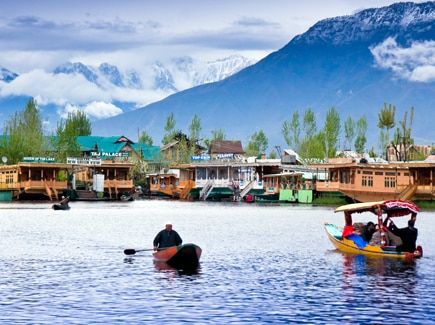
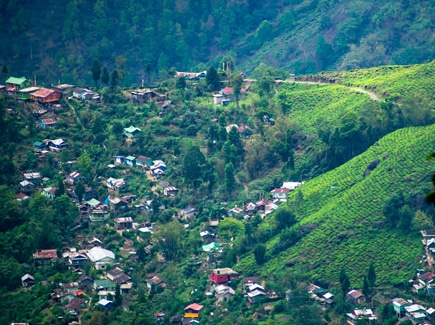


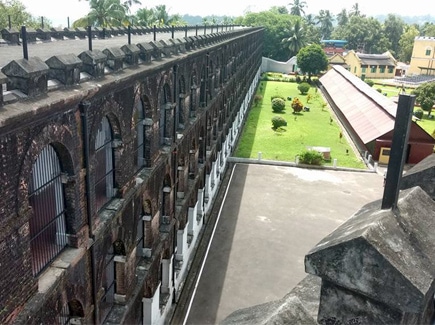
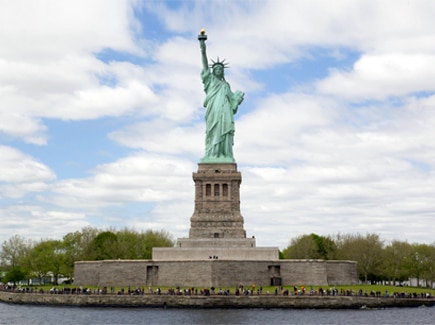

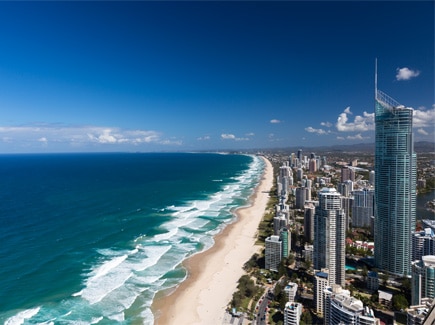
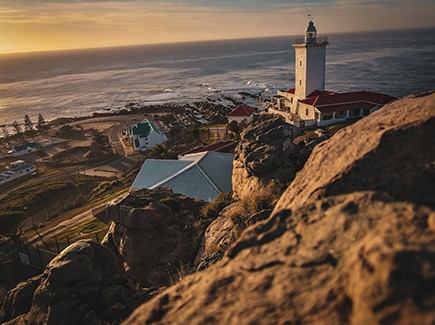









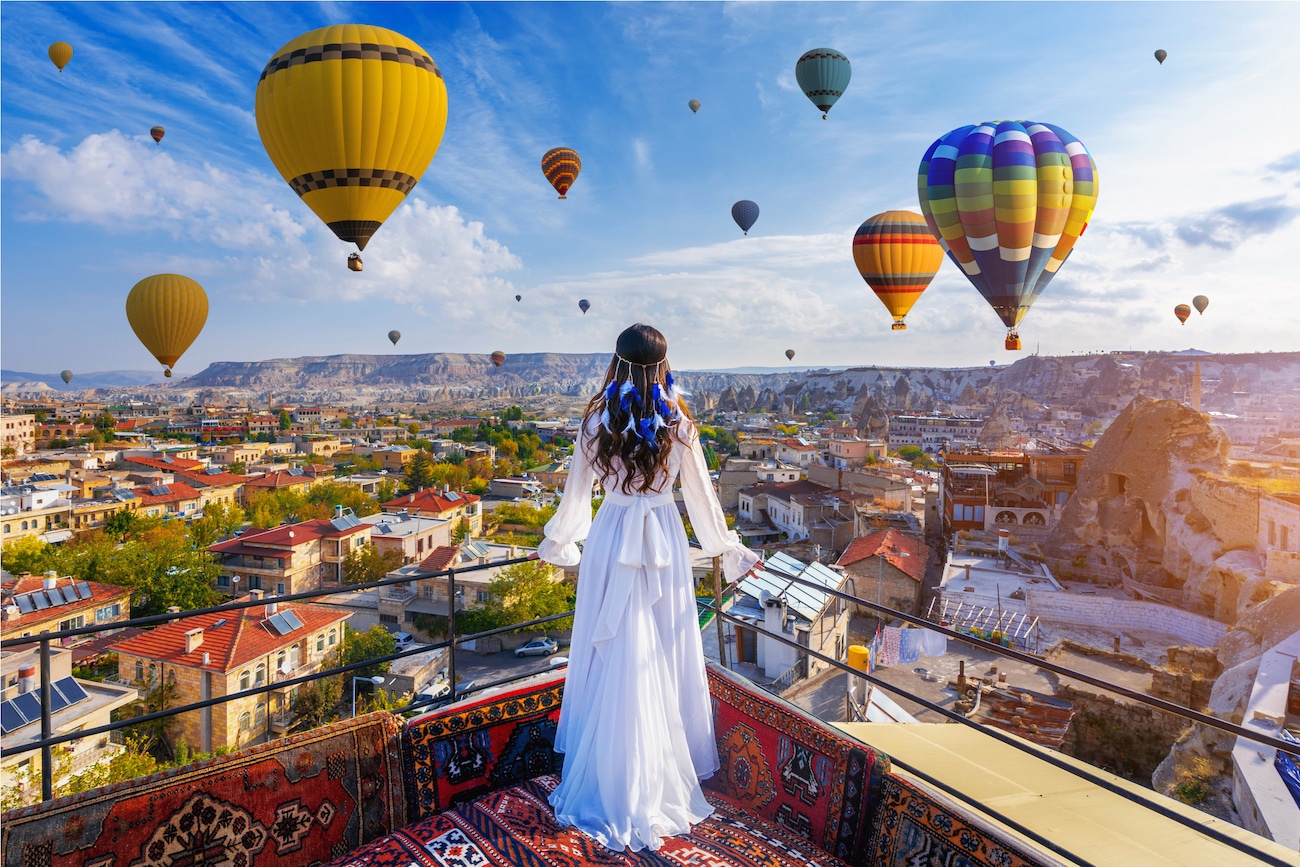
































Post your Comment
Please let us know your thoughts on this story by leaving a comment.